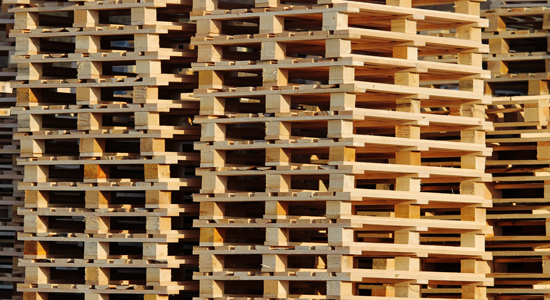Pallet stacking safely is paramount
Accidents can happen if stacking safely is not adhered to. Earlier this year a company was fined £2 million when two stacked plastic bales fell and crushed a man to death.
What happened?
The bales were stacked three high and around eight or nine deep, however the method of stacking was poor and they were unstable. It was found that there wasn’t any interleaving, the bales were separated by wooden pallets with some in a poor condition, the bale weights varied yet the heaviest weren’t necessarily at the bottom and the bales were larger than the pallets.
All these factors contributed to poor stacking which lead to the bales leaning and eventually falling, at the wrong time.
How could this accident have been prevented?
The employees had not been adequately trained in how to stack correctly. Is this not common sense? It may be for some, but you must provide suitable information, instruction and training as if everyone is a beginner doing something for the first time, especially something with the potential to be hazardous, because even the most experienced staff can get it wrong, become complacent or simply forget.
There was no safe system of work which would indicate the preferred safest way of stacking.
What do I need to do for my workplace?
Consider all stacking arrangements and inspect them, ensure they are safely stacked and if palletised, that the pallets are suitable for the load and weight, suitably sized and not broken.
Arrange for frequent waste removal, especially broken pallets to prevent these from being used.
Consider the safest way to stack your loads and ensure the workers are aware of this as a safe system of work.
What did the company do in their situation?
They replaced their stacking method with a pyramid formation and removed the pallets that served to make the stacks unstable.
If you are stacking loads outside, you must consider certain weather conditions that could contribute to toppling, such as high winds and potentially heavy rain that could soften the ground on which they stand.
How can we manage this?
Firstly, consider it as a hazard and perform your risk assessment. Improve your safe system of work and inform workers on the new safer methods. Where the hazard cannot be controlled then prevent access to the work area until a safe method is provided.
If you are seeking the help for a health and safety or HR issue, then call us here at Qdos Consulting on 01455 850000. You may also find our Manual Handling Guide helpful




